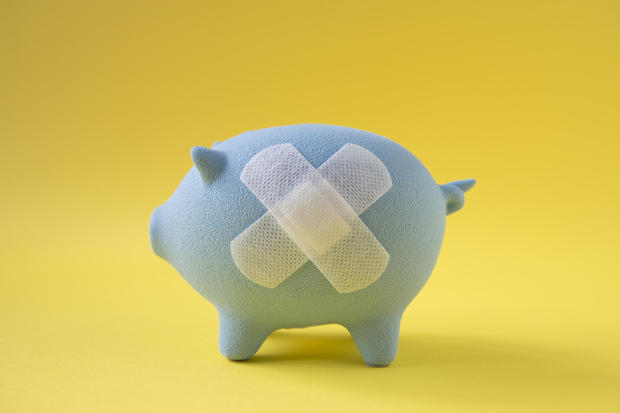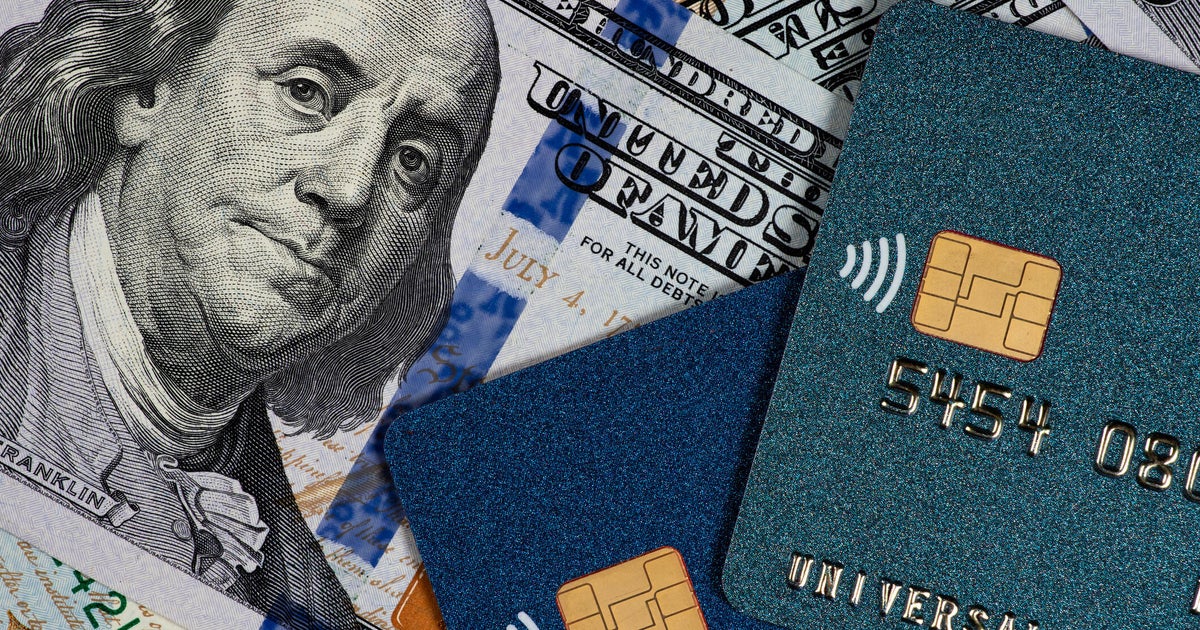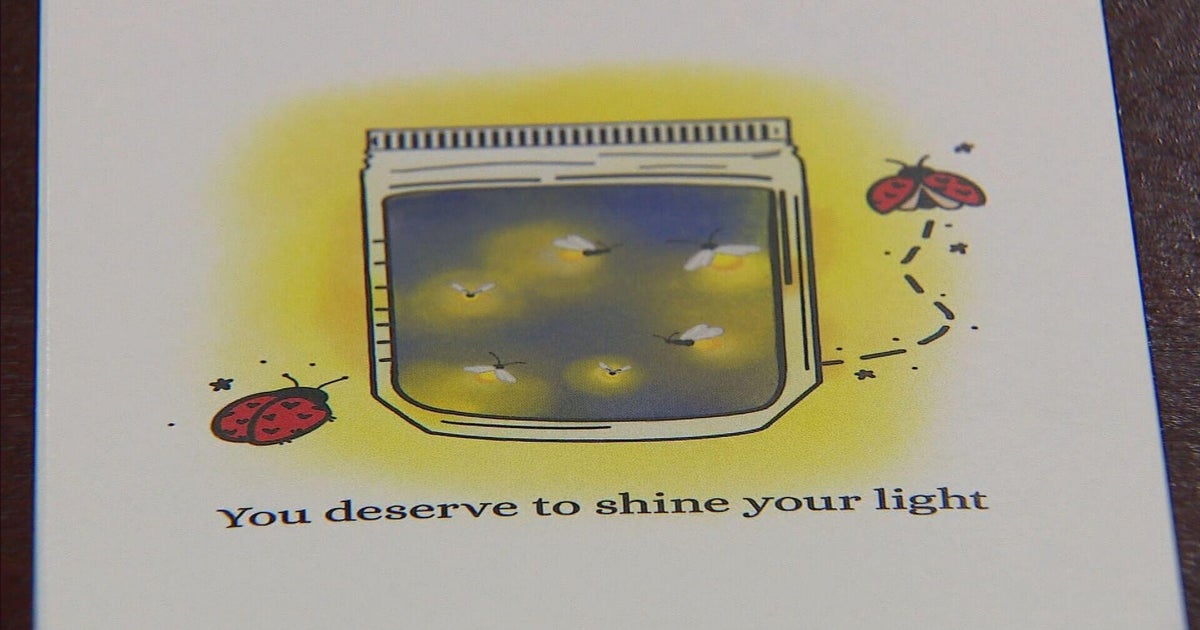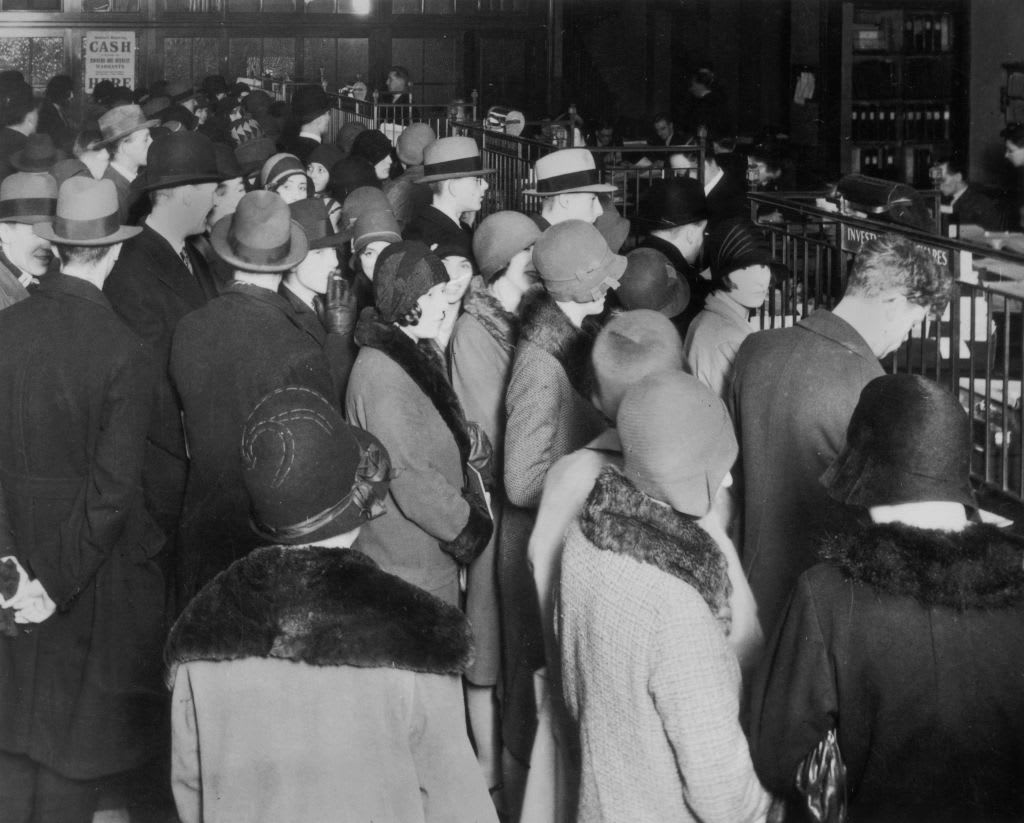10 signs your credit card debt is out of control
In today's economic landscape, credit card debt can quickly spiral out of control. Interest rates are high, but the average credit card rate is much higher than most other borrowing options and is exceeding 21% right now. This means that unpaid credit card balances can grow rapidly, making it increasingly difficult to catch up. When you add in the revolving nature of credit card debt, which allows you to continually borrow up to your credit limit, it's easy to find yourself trapped in a cycle of debt.
And, the detrimental effects of having excessive credit card debt are numerous. For starters, it can lead to a lower credit score, making it harder to secure loans or favorable interest rates in the future. And, high credit card debt levels can also force you to allocate a large portion of your income to debt repayment, which can significantly hinder your long-term financial goals, like saving for retirement or purchasing a home.
Recognizing when credit card usage is becoming problematic can be challenging, though. After all, many people don't realize they're in too much debt until they're already facing serious financial difficulties. However, there are warning signs that can indicate your credit card debt is growing out of control. By being aware of these red flags, you can take action before the situation becomes unmanageable.
Worried about your credit card debt? Find out about your debt relief options here.
10 signs your credit card debt is out of control
Here are some big signs to watch for that indicate your credit card debt may be spiraling out of control:
You're only making minimum payments
Consistently paying only the minimum amount due is a clear indicator that you're struggling to manage your credit card debt. This practice may keep your credit card payments current, but it allows interest to accumulate rapidly, potentially leading to a debt trap.
For example, if you have a $5,000 balance with an 18% APR and only make minimum payments (the interest charges and 1% of the balance) — which would be about $125 per month — it could take nearly 23 years to pay off the debt. It would also cost you over $6,900 in interest during that time.
Find out how the top debt relief companies could help you get rid of your credit card debt now.
Your credit utilization ratio is high
If you're using more than 30% of your available credit, it could be a sign that you are overreliant on credit cards and could be headed for trouble. A high utilization ratio not only indicates potential financial stress but also negatively impacts your credit score. So, for example, if you have a $10,000 credit limit and your balance is consistently over $3,000, it's time to reassess your credit usage.
You're using one card to pay off another
The practice of using one credit card to pay off another, commonly known as "kiting," is a dangerous cycle that can quickly lead to mounting debt across multiple cards. Borrowing money from one card, typically with a cash advance, and using that money to make the payments on another card is also a clear indicator that you're unable to meet your financial obligations with your current income.
You're regularly maxing out your cards
Consistently reaching your credit limit suggests you're living beyond your means and relying too heavily on credit. And, this behavior isn't just a red flag. It can also lead to over-limit fees and higher interest rates, making your card debt more expensive and further exacerbating your debt problem.
You're missing payments or paying late
If you're unable to make credit card payments on time, it's a strong indication that your debt has become unmanageable. Late payments not only incur fees but also damage your credit score, making it harder to access affordable credit in the future.
Your credit score is declining
High credit card balances and missed payments can significantly impact your credit score, signaling growing financial distress. For example, a drop of 50 points or more over a short period could be a clear signal that your credit card usage is becoming problematic.
You're using credit cards for everyday expenses
Relying on credit to pay for basic necessities like groceries or utility bills often indicates a cash flow problem. While using credit cards for daily expenses can be part of a rewards strategy, it becomes concerning when you're unable to pay off these charges in full each month.
You're avoiding looking at your statements
If you find yourself dreading your monthly credit card statements or ignoring them altogether, it's likely because you're aware of the growing problem but feel overwhelmed. This avoidance behavior can lead to missed credit card payments and further financial complications.
You're considering a cash advance
Turning to high-interest cash advances is often a last resort and a clear sign of financial distress. Cash advances typically come with higher interest rates than regular credit card purchases and often start accruing interest immediately, making them an expensive form of borrowing.
Your debt-to-income ratio is above 40%
If your monthly debt payments exceed 40% of your gross monthly income, it's a strong indicator that your debt load is becoming unsustainable. This high debt-to-income ratio leaves little room for savings or unexpected expenses, potentially leading to a cycle of increasing debt.
What to do about your credit card debt
If you recognize several of these signs in your own financial situation, it's crucial to take action promptly. Fortunately, there are several options available for addressing out-of-control credit card debt, including:
- Work with a debt relief company on solutions: These companies can negotiate with creditors on your behalf to potentially reduce your debt or create a more manageable credit card debt repayment plan. However, be cautious and research thoroughly, as not all debt relief companies are the same, and if you're going to pay fees to get rid of your credit card debt, you'll want to ensure that you're working with the best experts possible.
- Consolidate your debt on your own: When you consolidate your debt, you typically take out a debt consolidation loan or a personal loan to pay off what you owe, combining multiple high-interest debts into a single, lower-interest payment. This approach can simplify your debt repayment and potentially save you money on interest.
- Seek help from a non-profit credit counseling agency: These organizations offer free or low-cost financial education and can help you develop a debt management plan when you're struggling to pay off your credit card debt. They may also negotiate with creditors to lower interest rates or waive certain fees.
- Consider a debt snowball or avalanche method: These solutions are do-it-yourself debt repayment strategies. The snowball method involves paying off the smallest debts first for psychological wins, while the avalanche method focuses on tackling the highest-interest debts first to save more money over time.
- Explore bankruptcy as a worst-case scenario: While bankruptcy should be considered only after exhausting other options, it can provide a fresh start for those stuck with unmanageable debt. However, it has long-lasting consequences on your credit and financial future, so be sure to weigh those as part of the decision-making process.
The bottom line
Regardless of which approach you choose, the key is to act decisively if you recognize one or more of the signs outlined above. The longer you wait to address your credit card debt, the more challenging it becomes to regain control of your finances. Remember, seeking help is not a sign of failure but a proactive step towards financial health. And, with determination, discipline and the right strategy, it's possible to overcome even seemingly insurmountable credit card debt and get your finances back on track.






